|
On my trip to Union Island I learned that this small island hosts one of the Caribbean’s top biodiversity areas. Chatham Bay is located on the western side of the island, in the water, one can find an amazing array of tropical fish and corals. On land, steep hills covered by dry forests are home to two species of endemic reptiles. Endemic species are defined as species which are geographically limited to one particular place and cannot be found naturally anywhere else in the world. On our trip we set out on a hike with Union’s Forest Preserve Wardens to see the critically endangered Union Island Gecko. Along the way, we were also lucky enough to see a Pink Rhino Iguana, Union’s second endemic reptile. The Union Gecko’s jewel-toned scales and its rarity has made it a coveted prize in reptile trade, and, as a result, it is now facing extinction in the wild. The Union Island Environmental Alliance is working diligently to protect the Chatham Bay area from development and poaching of native species. The wardens that lead our hike were kind enough to capture a gecko in advance so that we had the opportunity to see one if our hike was unsuccessful. The conservation efforts of the Alliance and its wardens is not only vital to the survival of Union Island’s endemic species but to the island’s human inhabitants as well. The two towns on Union Island are heavily dependent on tourism as a source of income. If the island were to lose its picturesque views, coral reefs, and other visitor-drawing qualities, those who live here would find it difficult to support themselves. In addition, many locals use the land and sea as their primary sources of food. If these areas are not conserved, they will be decimated by over harvesting and locals could face a food crisis. I consider myself lucky to have been able to see not only Union’s stunning views, but also its unique biodiversity in the water and on land!
0 Comments
Species identification was a difficult task for me to complete. My memory is not the best but by this point in my life, I know what I need to do in order to overcome that. The fish were fairly simple, for me it helped finding the tiniest difference, even if it doesn’t appear all the time or is as noticeable, and that eventually helps me be able to identify similar species even without the slightest difference. It also helped that we used common names for these. Coral on the other hand, was a little harder. In the Caribbean, their reefs are so diverse, and a lot of the coral looks the same or slightly similar to a sponge! Depending on the lighting, the angle of viewing, how big the coral is, all these factors really make it tough to make them out. To help my memory and recognition, silly little pneumonic devices helped a lot in my studies. As an example, we saw so many Montastrea cavernosa, secretly my favorite coral. I am able to mostly identify them but to me, the polyps look like little Bundt cakes. To help me remember the appearance and the name, I came up with the pneumonic device of: monstrous Bundt cakes in caverns. Genus’s that were little harder to tell apart for me were Siderastrea and Solenastrea. With these picking apart the slightest differences as well pneumonic devices helped in learning them. For example, Siderastrea are smoother and siderea is usually bigger than radians. Solenastrea are lumpier and hyades have bigger polyps than bournoni. Something that helped me remember that hyades has bigger polyps than bournoni is that hyades is a cluster of stars so they would “shine bigger” than bournoni, a single bodied star. I also had trouble identifying the difference between Colpophyllia natans, Diploria labirynthiformis, and Pseudodiploria strigosa, but once I could recognize the difference in the valleys, they were fairly easy to identify. Overall, I still think I have a lot more to learn but still think I’ve come pretty fair! Attached are some pictures I took of common coral we saw such as Porites porites, Montastrea cavernosa, Pseudodiploria strigose, Siderastrea siderea, Diploria labrythnaformis, and Colpophylia natans.
For my blog topic I wanted to talk about being immersed into the culture of Union Island. Being able to participate in dance lessons of the Imani cultural dance class and walking to the local elementary school in Ashton was truly an incredible experience. First with the Imani group, watching them share their stories, compassion and love was already something to be seen, but being invited to dance with the dancers and the instructor herself is an experience I will never forget. What really drew me in was while watching these people express themselves through their dances, I could really see and feel the love and story behind every move to the point that I got chills multiple times on each dance routine. Then it was time for me to join in and I raised my hand right away when asked for volunteers. Now I'm by no means a dancer at all but it felt very powerful and uplifting learning the steps on a quick notice. Second, going to the school was a total other type of experience and being able to teach the kids a little about marine biology was awesome. But what I really took out of it was the perspectives of these kids. Some had never really been around different people other than those they grew up around, or other privileges such as an iPhone really drew in their attention. But what struck me the most was how loving and inviting these kids were, hugging and climbing me and wanting to know about my own roots brought so much joy to the end of this trip. One of the kids even found where we were staying and asked to play soccer with him and his friends, and of course I did even though my body feels like I'm 80 years old. All and all, it was amazing learning the culture and everyday attributes to people’s lives that in the US I would have never taken the time to understand. One of the best attributes to this trip!
Interview with a Unionite named Lazike:
1.How was it growing up on union island? Growing up in union was a good experience for me, because I learned to do a lot of things like fishing,hunting , survival skills, athletes,bike ridding, etc 2. Tell me about your family. Do you have any siblings and are you close with your parents? I know you’re close with your uncle, do you have more family members you’re close with? Well my family is serious people but yes I'm close with my two brothers,my mom and all my uncle's 3. How was it having our group on the island? Did we seem super touristy and were we annoying? Not gonna lie you guys were the best, never a Dule moment around you 5. What’s your favorite spot on the island? Well my favorite spot is home but otherwise I'm at my chill spot 6. Do you go to the water a lot? Our group went to scuba dive but I feel like a lot of the people on the island don’t go out to the water that much or anything. I don't really go to the sea water much is more like once a month The 17 students heading to Union Island felt excitement and nervousness as we waited for the airport speaker to call for the groups to board the plane. The majestic Caribbean reefs awaited us, but so did multiple examinations, assignments, and projects.
Tired from a four-hour ferry ride, the drive to study was low, and all everyone wanted to do was eat, shower and sleep. However, the next day, June 5th, the first coral quiz awaited us after our first dive. Refreshed and recently viewing lively reefs rejuvenated us to study hard to learn what we saw. We talked and reviewed the basic corals we visited there for hours, ensuring the scientific name stuck with us. Killing two birds with one stone, we learned more about each other while simultaneously getting to know the coral. Even during dinner, it was like a game to see who knew the most and then how one could remember them for the next time (repetition and recall studying methods worked like a charm). There was barely any rest in learning; however, those quizzes never stopped people from having fun. There were back-to-back quizzes from June 6th to the 9th. To unwind from each of them, we took frequent breaks with karaoke, singing old 2000s songs like ‘I Want You Back,’ ‘Dark Horse,’ ‘Replay,’ etc. We played cards (Uno) at the pool and explored the town. One day a local we got close to took us to a beautiful beach. As students full of curiosity, we climbed up a hill near the beach and found a grand rock formation, allowing us to take in the view. We talked about everything and nothing, collected seashells, took photos, and picked up little crabs to view. The highlight for many was the Imani group, a traditional group with people from all over the Grenadines with African routes that wished to remain in touch with their culture; The girls tended to dance while the boys played drums. The boys in our group showed everyone what it meant to move your waist to the drums, and shortly after, all the girls gracefully took over. The moves seemed simple, but they were passionate, elegant, and exciting to see and do. Nearly everyone had a go, and some even impressed the dance instructor. However, in good fun-to-school balance, after working up a sweat and eating, people split into groups or isolated to be able to study for our last fish quiz. Ultimately, this trip reinforced the skill of balancing having fun and being serious. This trip is a class, but there is no reason learning should not be fun. We were lucky to have a fair fun-to-academic ratio on this trip. The quizzes were relentless but kept us accountable. The beach, the fun drift and wreck dive, the dancing, and the hurdling by the pool brought a group of strangers closer together that may have never met if not for this trip. The group was full of life and had the best experience possible, taking all the fun opportunities on the island while leaving room for education. When we got home, a paper and presentation awaits us. But it gave people a taste of what could be their future in the marine biologist world. This trip kindles the youthful spirit; researching, exploring, and learning about the world is exciting and doable; all you need to do is take the step. I had never left the country before. My whole life I have been subjected to Americanmannerisms, concepts, cultures, and behaviors, and I never really questioned it. Coming to
Union Island and learning the sundries changed my outlook and perspective on how different life could be. My first step to submerging myself in Union’s rich lifestyle is to connect with its locals. On one of my first nights in Union, a small group of me and my friends approached a quaint, pink shop with “Kandy Kreme” painted in neon on a wooden sign. A sweet, wafting scent came over me and attracted me inside. We were met with the shy owner of Kandy Kreme who has been dubbed “Bread Lady” by my friends and me. She was likely nervous with a gaggle of young foreigners entering her storefront, so she sat quiet behind her register, observing us steadily. Her store was filled with an aggregate of sweets, imported goods (praise for Pop Tarts on Union), and most importantly, freshly baked bread. A doughy mesh of baked goods sat in the display window and I purchased a piece for 2 USD, no hesitation. It was only until I was a quarter way through inhaling the bread that I asked the Bread Lady what this ambrosial fool was. Her only words were “coconut bread” and I fell in love with it. The next day I had an intense craving for this renowned coconut bread and came back to give a visit to the Bread Lady. I think she was a little shocked to see us back so soon, and greeted us unlike the night before. I immediately went up to her bread display and asked for some more bread, excitedly telling her that this was the best bread I have ever eaten and that I need more to sustain my island living. To my dismay, she was all out of coconut bread. However, our appreciation completely took her aback, and she became very bashful that we enjoyed her bread so much. Our whole group chimed in saying they loved the vibes of her shop and how they can’t wait to come back more. From here we were able to make a little bit of conversation, and she said she would have more coconut bread baked for me in the morning. The Bread Lady did not disappoint. I came back the following night for my long-awaited coconut bread and found my angel (the Bread Lady) at the altar (the bread case). We conversed a little more about bread and the lady became less of a stranger and more of a friend. I would come to the Bread Lady at late nights when I needed carbohydrates the most and fresh coconut bread and smiles would always await me. Our group waves to her as we’re passing by and she welcomes us with a genuine smile when we come to visit her. It really changed something in me seeing this shy shop owner who would barely speak a word to us when we arrived blossom into a kindhearted friend. It really is the simple things like bread that bring people together. After traveling thousands of miles and spending thousands of dollars to come to Union Island to dive for two weeks, I developed an ear infection that left me unable to dive on the fifth day. Thankfully, it cleared up after a couple days and it also gave me the opportunity to meet the wonderfully helpful people at the Celina Clouden Smart Hospital in Clifton. After getting checked out initially by the doctor, she said I could come back free of charge as often as I needed to get my ears flushed, which greatly helped my ears in healing.
On one of these return trips, I talked with one of the attendants, Clint, who was kind enough to answer plenty of my questions about the health center. The health center has a male attendant and a female attendant. He explained that the health center sees about 5 patients a day during his day shift (which lasts 8 hours) and that typically only deals with minor things like the flu or injuries from falls. For anything serious, they do their best to stabilize the patient followed by sending them on a Coast Guard boat to the mainland of St. Vincent. The trip takes less than 2 hours with the Coast Guard, as opposed to the 4 hours on the ferry. On Thursdays, a doctor is available to be seen for free in Clifton, and the same goes for the other town on Union Island, Ashton, on Tuesdays. Visiting on other days, as I did, requires payment, although it only cost me the equivalent of $25 USD. Despite the limited size and capabilities of the health center, it is still a modern health facility, equipped with stores of plenty of lifesaving treatments and devices such as an autoclave for cleaning equipment. A massive generator is housed in an adjacent building so that patients never have to go without electricity and a solar water heater is installed on the roof. A radiology lab is part of planned expansion to the facility as well, along with other changes that are intended to make it more resilient to climate change. Before this trip, I had absolutely no idea what to expect. I did not expect the culture shock I would get especially when it came to the animals. The animals residing on this island are able to roam free such as cows, goats, and dogs. The most prominent animals on this trip were the dogs. Many of the stray dogs would hang out around the hotel we were staying at and “escort” us around the island. Without hesitation, these dogs were by our sides anytime we left the hotel, whether it be for shopping, dinner, or even adventurous escapades. On one of the days, we had decided to climb a mountain on our own. By this point, we were used to the dogs following us around. However, this day, they were nowhere to be found. In order to get to the peak of the mountain, we had to climb rocks. We were sad at the thought that the dogs were not going to be able to climb the mountain with us. However, once we had gotten to the peak, they had already made it way before we did. We were all in shock. The loyalty these dogs had shown us on this trip was phenomenal, specifically a dog named Ginger. Ginger followed us around everywhere we went and showed nothing but loyalty and kindness. One prominent memory I had with Ginger was when every time I walked up the stairs to my hotel room, he would lay right in front of our door and wag his tail every time he saw me. This trip made me realize how I wish it was socially acceptable to bring dogs everywhere you go in the United States.
This study abroad trip was my first time leaving the country. I had a lot of different expectations about what another country might be like, let alone a small island with a population of less than 3,000. I had expected the people of Union Island to be more closed off and less welcoming than other countries may be, due to the fact that they were most likely strongly rooted in their ways and would thus be less accepting of outsiders. When coming into the island and beginning to meet the people that live here, I quickly learned how I was wrong. Walking down the streets, being obvious visitors, the people of Union Island were so welcoming, always greeting you as you walked past, or stopping a moment to have a conversation with you; I was so excited to have been wrong about this. During our time with the Imani Culture Club, we were brought into traditions and dances that date back throughout their whole history, and we were taught their ways and practices of different celebrations. They led us through song and dance that means so much to them and shapes them as people. I was so happy to be learning about their culture, and seeing everyone come together to have that time was amazing. I think that the people of Union Island are some of the kindest, caring, and helpful people I have met, and I could not have asked for a better place to open me up to the world outside of my home country.
Plastic pollution is a current problem that affects our daily lives, and remote places like Union Island are not exempt from its effects. After spending a couple of weeks on the island, it is clearly evident that plastic pollution is a major issue for the landscape, plenty of beaches, roads, and fields are riddled with pollutants like plastic bottles, bags, and food containers. I even found some plastic waste on the bottom of the ocean during some of our dives, which is unfortunate because it can harm the coral reef ecosystem. As a visitor, it is really hard to avoid plastic waste, considering the remote location of the island and the lack of access to some plastic-free resources available in our home country. We had to struggle with plastic waste during our stay during almost every meal: breakfast was delivered wrapped in plastic film, lunch was usually served in plastic containers. The struggle to keep a short visit plastic-free is real, especially in a location like Union, but some efforts can be made to prevent the overuse of plastic. Besides water safety, boiling our own water was a great alternative to save time and money while reducing our plastic consumption. Plastic also makes the island unappealing, especially for scientists like us who understand the effects of this type of pollution on the bigger picture. While receiving a talk from a representative of the Flora and Fauna International organization, it was sad to hear that cleaning up the island or trying to reduce plastic pollution is not a priority because of the number of challenges that Union is currently facing. Being such a small island, the import of products is necessary to meet the needs of the population and its visitors. That is why, as science enthusiasts, we have the responsibility to explain the importance of reducing plastic pollution to the locals, and also to try to come up with alternatives that would work better in the context in which we live right now. I am positive that this new generation of scientists will find a way of promoting the change that is needed in the present, one plastic bottle at a time!
|
AuthorsThe authors of this blog are students enrolled in Tropical Marine Ecology and Conservation, field courses run in the Caribbean by the University of South Florida. During these courses, students learn scientific diving techniques over a 10-14 day period and carry out research and monitoring of coral reefs at various sites. Many of these courses are done in partnership with local environmental organizations, like the Union Island Environmental Alliance and the Soufriere Marine Management Association. In this blog, students will document their activities and how they relate to course material. Archives
June 2023
Categories |


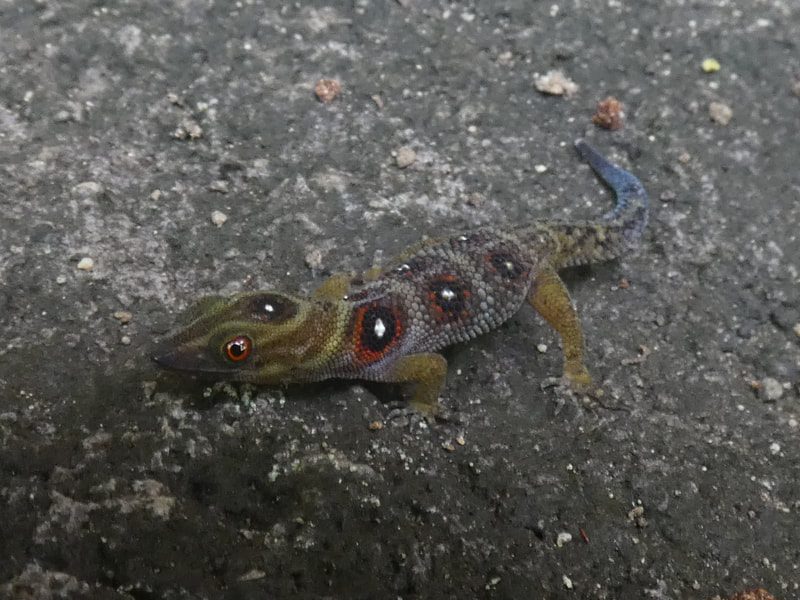



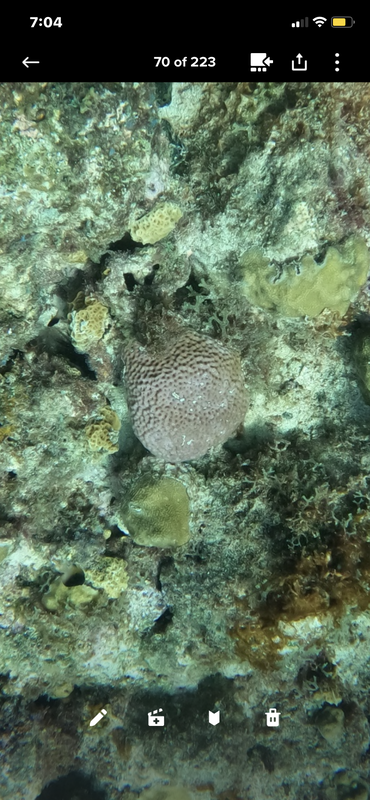
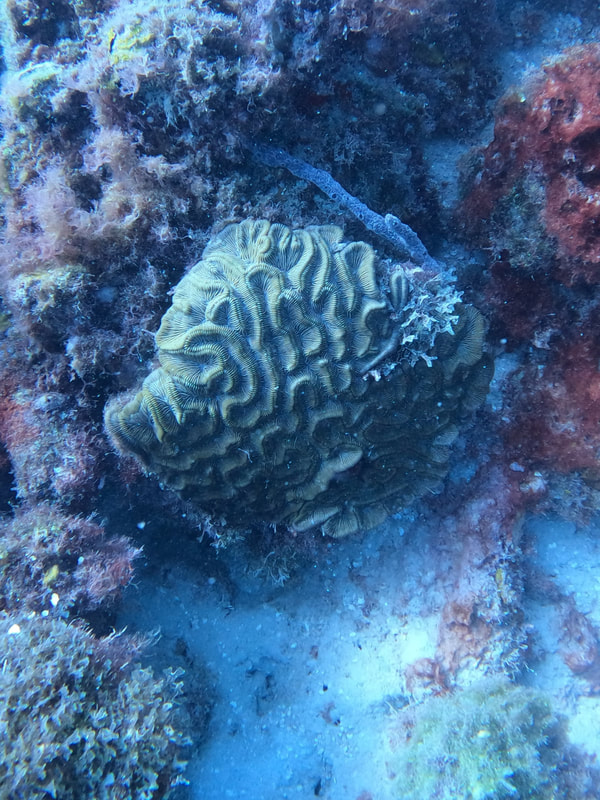



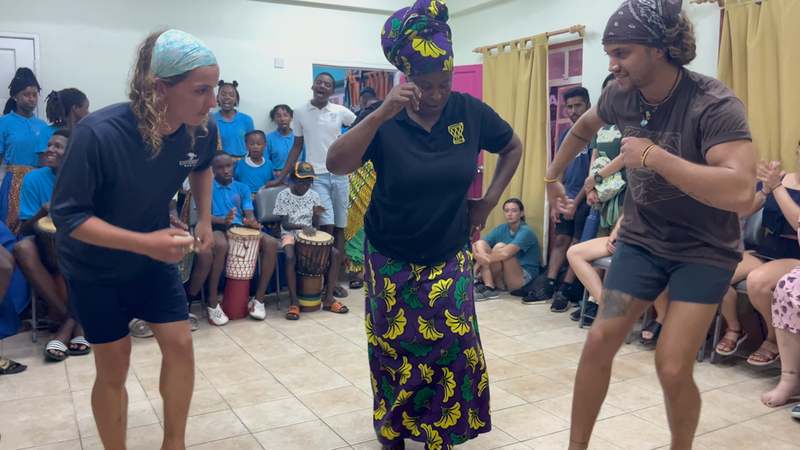

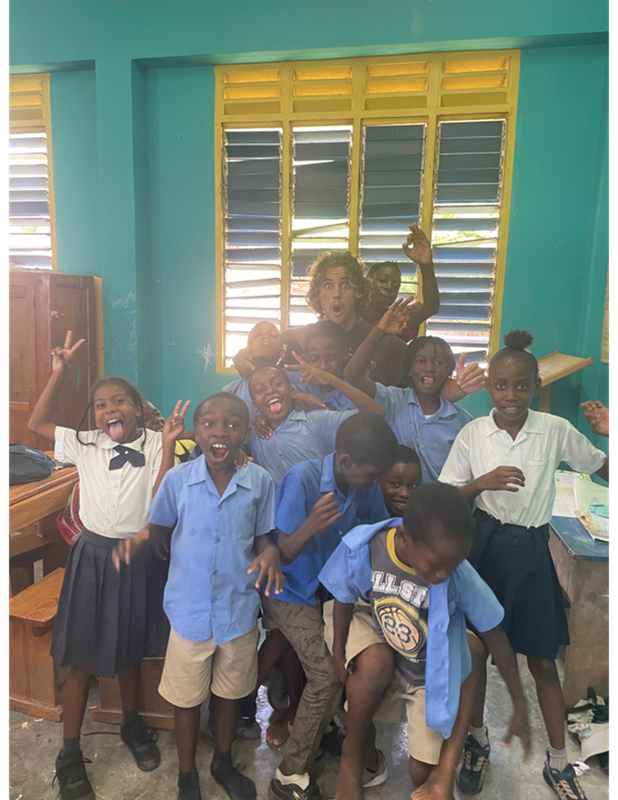






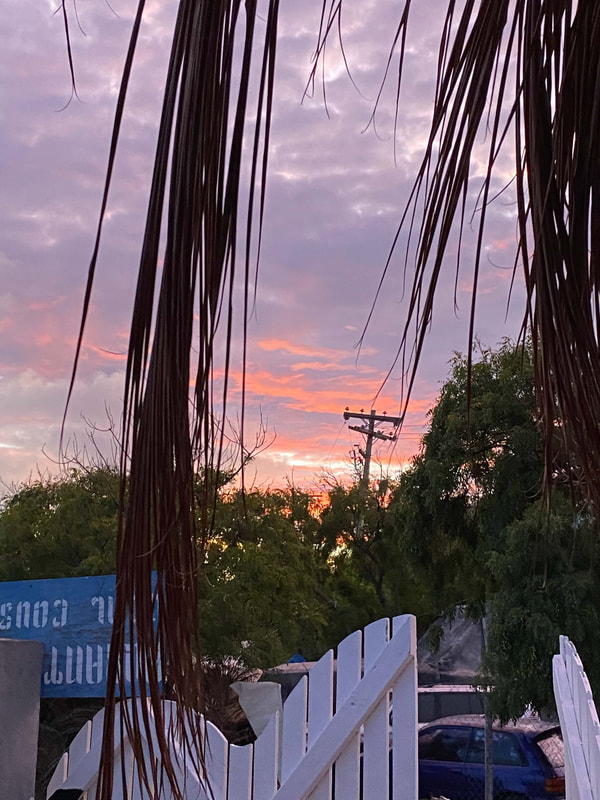
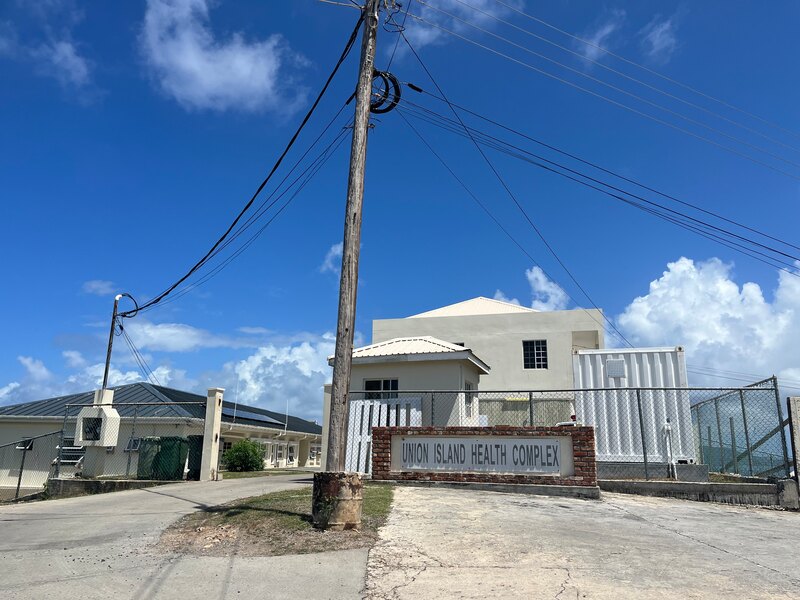
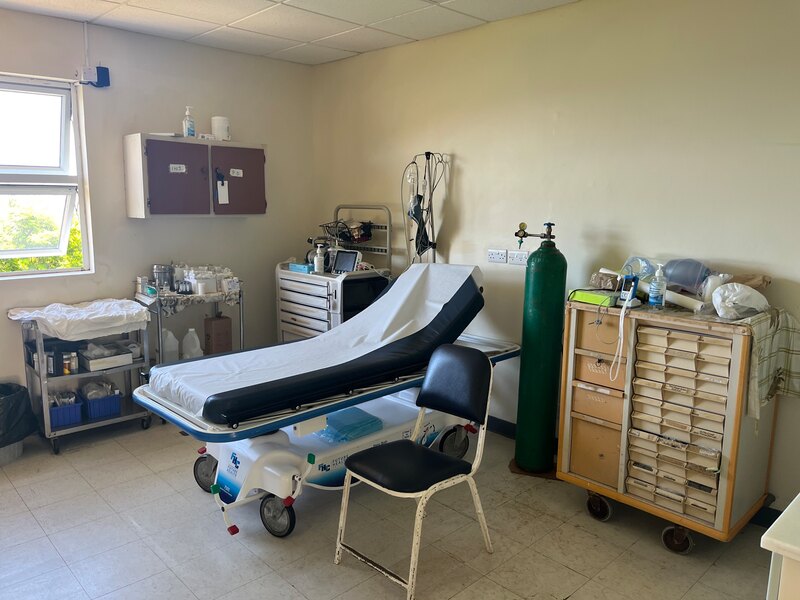
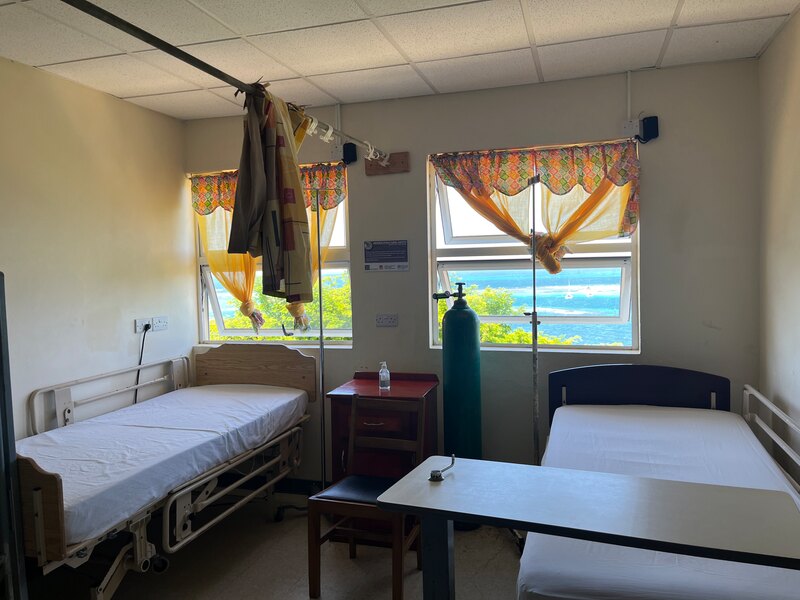



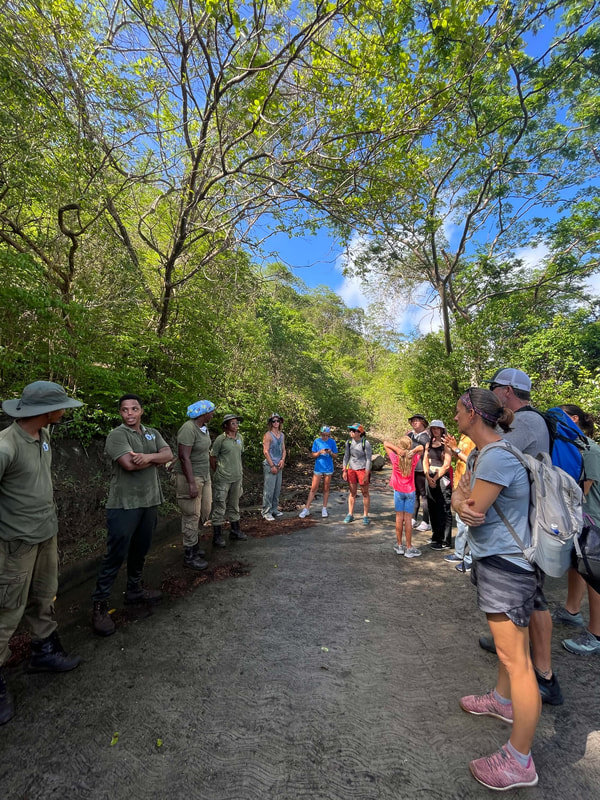

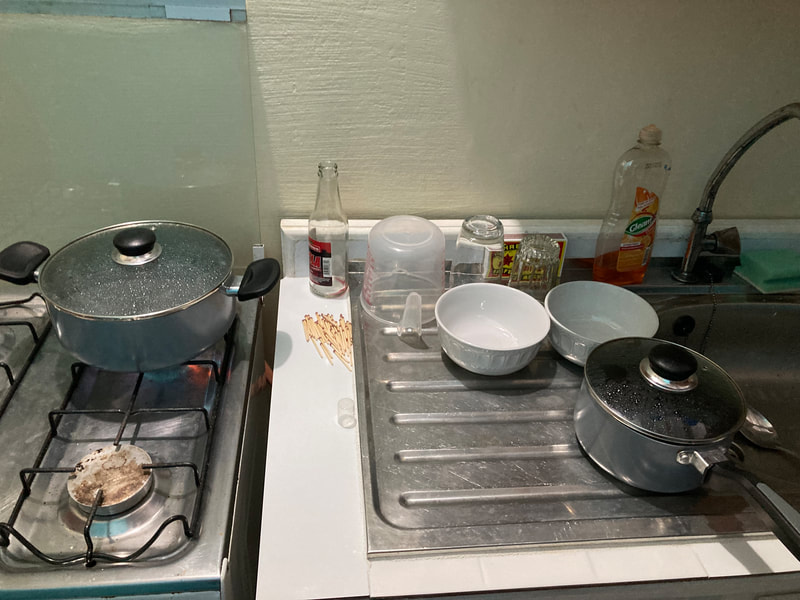


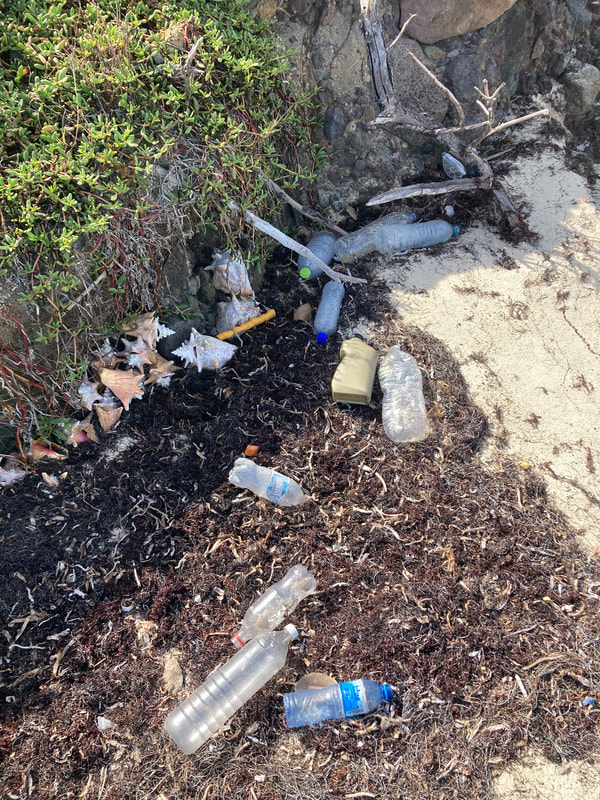
 RSS Feed
RSS Feed